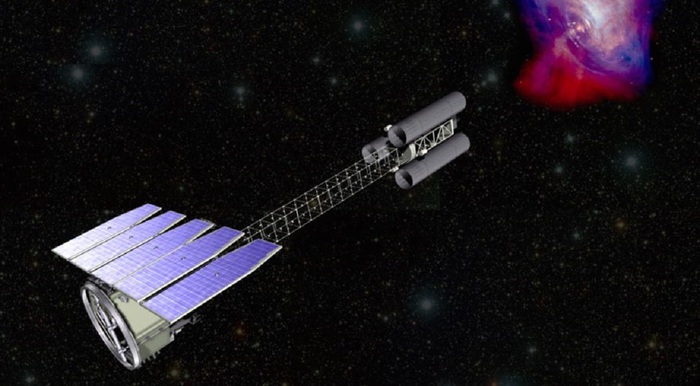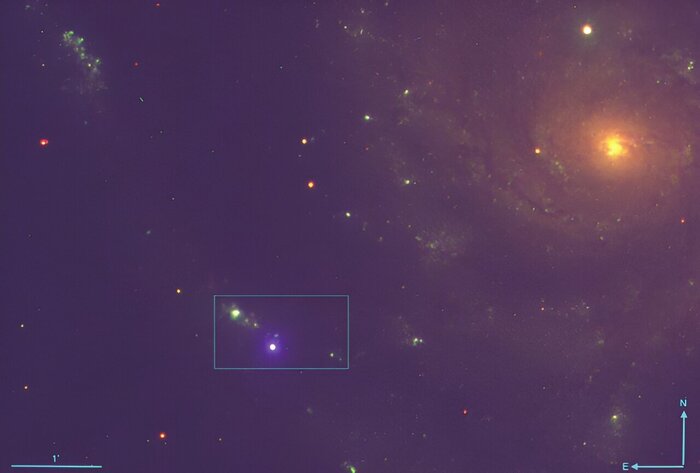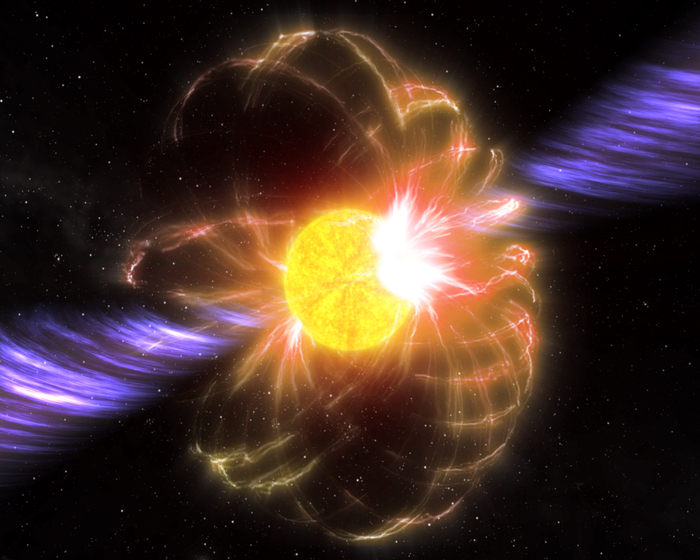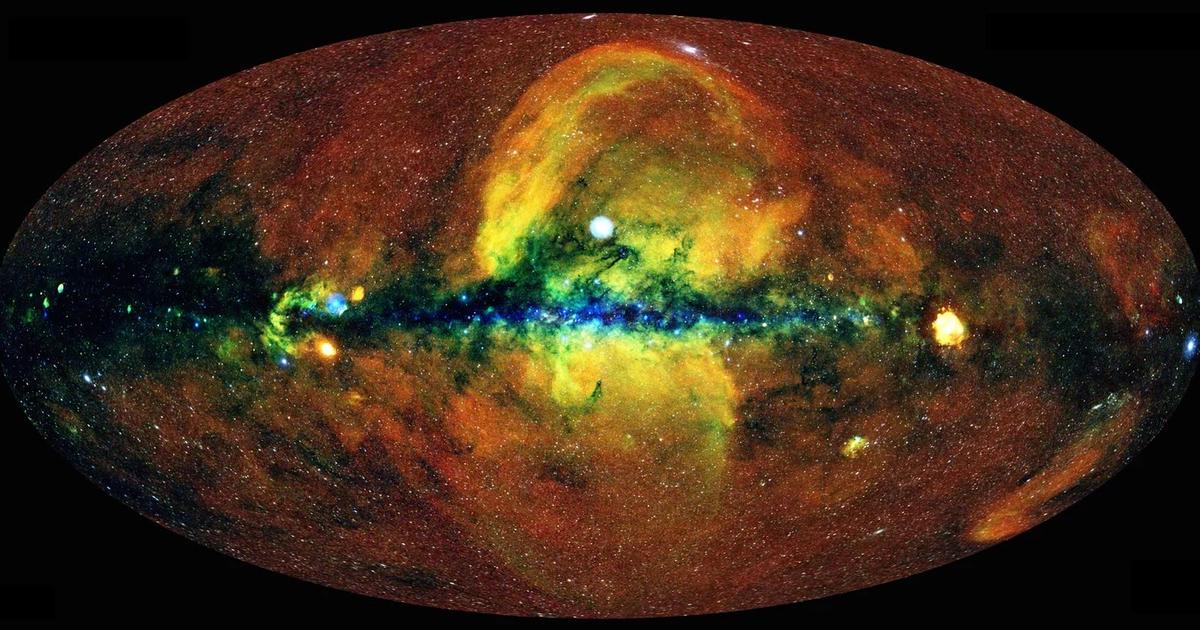The X-ray space telescope Ixpe has 'blossomed': the joint mission of NASA and the Italian Space Agency (ASI) launched a few days ago for the study of extreme phenomena of the universe completed the deployment by opening the solar panels and extended its long 'neck' of over 3 meters where its main instruments are located.
Launched on December 9 with a Falcon 9 rocket from Cape Canaveral's Kennedy Space Center, the Ixpe astronomy satellite is set to study extreme and yet mysterious universe phenomena - such as supernova explosions or supermassive black holes - with an efficiency one hundred times greater than that of X-ray telescopes of 50 years ago.
It is a joint mission of NASA and the Italian Space Agency (ASI) and carried out with important scientific contributions from researchers from the National Institute of Astrophysics (Inaf) and the National Institute of Nuclear Physics (Infn).
The satellite has a long telescopic 'neck' on top of which are placed many of the main instruments for observing.
In order to be able to be launched, the neck had been folded back on itself like an origami and only in these hours have all the stages of unfolding the solar panels and above all the long neck 'blossomed' been completed, opening, rotating and stretching, arranging all the tools. in the position necessary to operate the whole machine.
Now the three telescopes on board the Ixpe observatory, all designed and built in Italy, will be able to begin capturing the X-rays emitted by very distant cosmic objects and attempt to understand how these are polarized, that is, how they vibrate in a particular direction.















